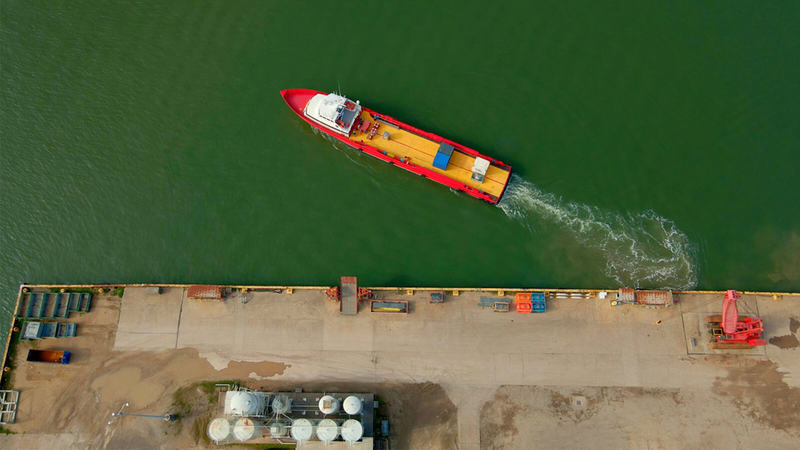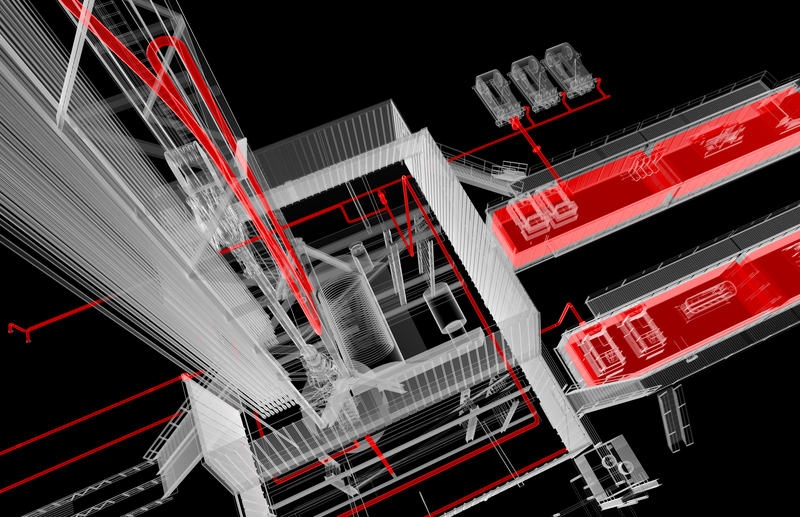 Search
Search
 Search
Search

BaraXcel™ fluid system withstands massive saltwater influx
Download PDF
BAKKEN, NORTH DAKOTA

Unconventionals

Several operators had experienced challenges in the area while drilling intermediate sections through the Dakota Formation. Saltwater flows were encountered and caused severe contamination of conventional invert emulsion drilling fluids. These fluids have a non-aqueous continuous phase and contain small, emulsified water droplets. Even though specialized surfactants are used to emulsify water, in practice, they can only tolerate a limited amount of water before fluid viscosity gets out of control. Previously, this issue was managed by partially or completely replacing the fluid system in order to drill ahead.
One of the regional operators was concerned about potential time and cost overruns due to deteriorating fluid properties in the well section with saltwater flows. It was deemed critical to find a more economical fluid system that could tolerate the influx of brine and still allow for good control of viscosity − allowing them to finish drilling the section, then run and cement casing. In the event the saltwater flow was less severe, the operator preferred to hold off on running casing and drill ahead to reduce overall costs.
Halliburton Baroid recommended using BaraXcel™ invert emulsion drilling fluid, which is built on a proprietary polymer framework with “zero” additions of organophilic clays. This fluid system is designed to tolerate much higher volumes of saltwater contamination than conventional systems. The reduction in overall solids, and in particular the elimination of amine-treated bentonite clays, provides more manageable viscosity at oil-to-water ratio (OWR) levels of 60/40, or even 50/50. In numerous cases across the continental US, BaraXcel™ fluids have given operators the option to continue drilling after a flow, instead of replacing their entire emulsion fluid system.
Baroid’s clay-free BaraXcel™ system handled an approximate 500 bbl saltwater influx creating a 40/60 oil-water-ratio. Halliburton Baroid’s Field Engineers, Local Technical, and Regional Team provided support to prevent NPT and reach casing point. This level of contamination would have caused a conventional oil-based mud system to have uncontrollable high viscosity, making it impossible for the operator to circulate without encountering high downhole pressures. Even removing the fluid for fresh volume would be hazardous because of potential downhole losses. The BaraXcel system tolerated the extreme water content and prevented the fluid rheology from increasing to a point that operations would have to be suspended until the fluid was conditioned or displaced.
Since the pressured formation could not easily be controlled with fluid density, the drilling team opted to run casing and seal off the Dakota Formation. Although the operator did not achieve their goal to eliminate a string of casing, the flexible fluid system allowed them to complete the section without loss of rig time and with minimal costs for fluid conditioning, saving them approximately USD 250,000.
Drawing upon a wealth of local knowledge and experience from offset wells, the Baroid team recommended the right drilling fluid for the job, successfully reducing the OWR level to 40/60 and maintaining adequate fluid properties. Thus, BaraXcel™ aided the operator in achieving the objective to prevent excessive downtime for conditioning and/or discarding the fluid system. This solution also delivered the desired economic value by servicing the well at a reduced cost, while contributing to the operator’s mitigation strategy for saltwater influx, now and in the future.

Halliburton leads the drilling fluids industry with cutting-edge solutions, including advanced drilling fluids and solids control technologies.

Discover how this clay-free, non-aqueous fluid system can help you upgrade drilling performance.
